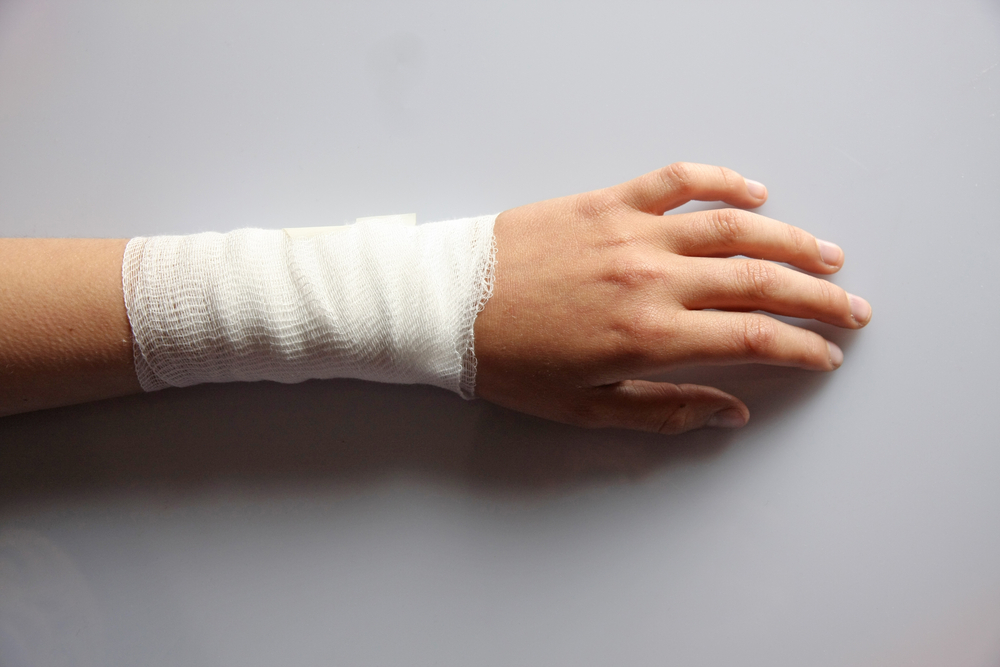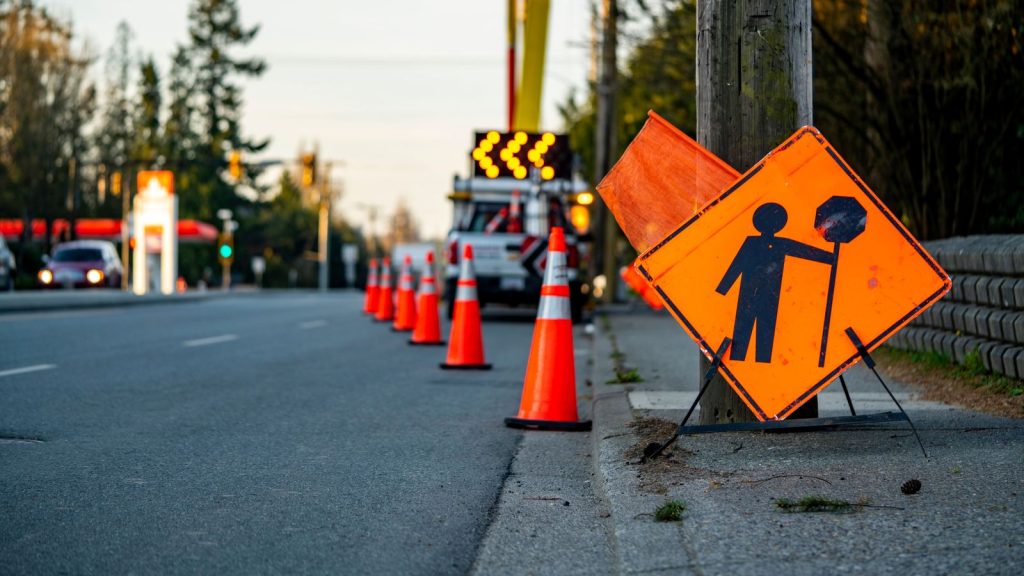How to Treat a Burn on the Job Site

In 2016, there were around 486,000 burn-related injuries that required medical intervention, according to the American Burn Association. This doesn’t include millions of other cases that, though they didn’t require a hospital visit, would have led to lost time at work, significantly reduced well-being, and pain during recovery. While only 5 percent of serious burn injuries that are hospitalized at specialized burn centers occur in occupational settings, employers need to take seriously the importance of burn safety in the workplace and fire safety in the workplace.
Below, we take a quick look at a few strategies for burn prevention in the workplace, and then offer a step-by-step guide on how to treat a burn on the job site.
Burn Prevention in the Workplace
Obviously, if you have chosen to work as a firefighter, burn prevention is probably on the top of your list in terms of workplace safety priorities and procedures. For other professions and jobs, however, the risk of burns may be less of an everyday or every-task concern – though no less important. Food service workers, plant workers, welders, and offshore drilling rig workers are just a few of the professions where workers are at a higher risk for burns due to the nature of the work being done.
Of course, the distinct natures of these jobs will lead to different burn prevention strategies. However, all workers have a right to burn safety protocols in the workplace. In fact, occupational safety and health standard (OSH) laws state that employers have a responsibility to provide a safe workplace environment for their employees. In jobs where burns are a risk, some general fire safety strategies in the workplace might include:
- Initial Fire and Burn Prevention Training: As a part of your company’s onboarding and initial training strategy, make sure to offer all employees in-depth knowledge related to potential fire and burn hazards in the workplace. One option might be to include the standardized 10-hour OSHA course that outlines the essential OSHA standards and protocols to minimize risk in the workplace.
- Job-Specific Burn Risk Training: After covering the basics during your initial training, individual workers should be well-trained in the fire and burn risks as they pertain to their specific job description. Depending on the occupation, this could relate to proper operation of machinery, proper handling procedures for some chemicals, and safety protocols around fire or hot surfaces.
- Burn Safety Refresher Courses: One job perk that many employees overlook is the continued education of their workforce. In fact, many employees might specifically look for employers that offer continued education opportunities. Online courses related to updated OSHA protocols or other burn management techniques can be offered as a benefit to your employees.
- Burn Hazard Communication: Lastly, proper signage and communication of potential risk areas is a must throughout the workplace. Color codes, posters, signs, and other labels are all mandated by OSHA law, and are an easy way to alert your employees to potential, high-risk areas.
Treating a Burn on the Job Site
Even with the best prevention protocols installed, accidents can happen. If someone at your jobsite suffers a burn, quick, first-line treatment is necessary to limit the scope of the injury. If a fire has caused the burn, your first priority should be to extinguish the fire as safely as possible to avoid further burns.
If your company has TeleHealth access, this is the moment to connect with a medical professional to determine the severity of the burn. Once the risk of further burns has been mitigated, avoid the temptation to quickly apply ice, creams, or other gels. This can impede the healing process. Also, never break open the blisters that might form after a severe burn as this can lead to infection.
Rather, for minor burns, first remove the clothing from around the burn and gently rinse the area in cool water to reduce swelling and pain. Wrap the burned area with sterilized gauze to prevent infection if open blisters are present. If a fever develops or if pain and swelling get worse, you should seek professional medical attention.
In the case of major burns, you should never submerge the burns in cold water as this can induce shock. Rather, call 911 immediately and elevate the burn above the heart to reduce swelling and pain until medical professionals arrive.
Start Your Burn-Related Injury-Prevention With Work-Fit
For both burn prevention and burn management, Work-Fit is the leading onsite injury prevention and management for your workforce. For workplace environments where burns are a risk, our safety awareness and injury prevention model has been shown to increase productivity rates and create savings on employer healthcare costs. Contact the professionals at Work-Fit today to see how you can enhance your company’s burn prevention program and prevention protocols to more effectively support your entire workforce.



